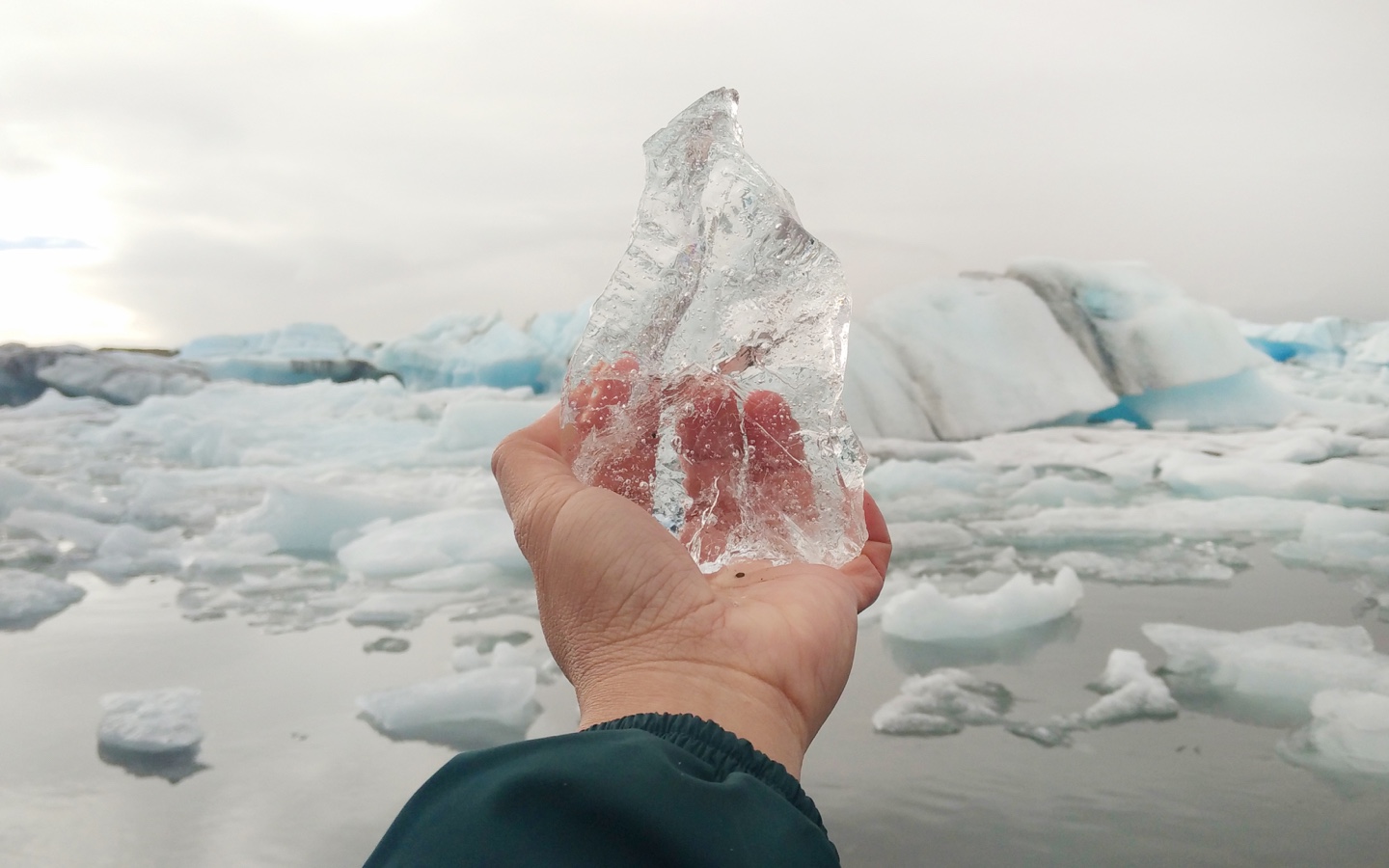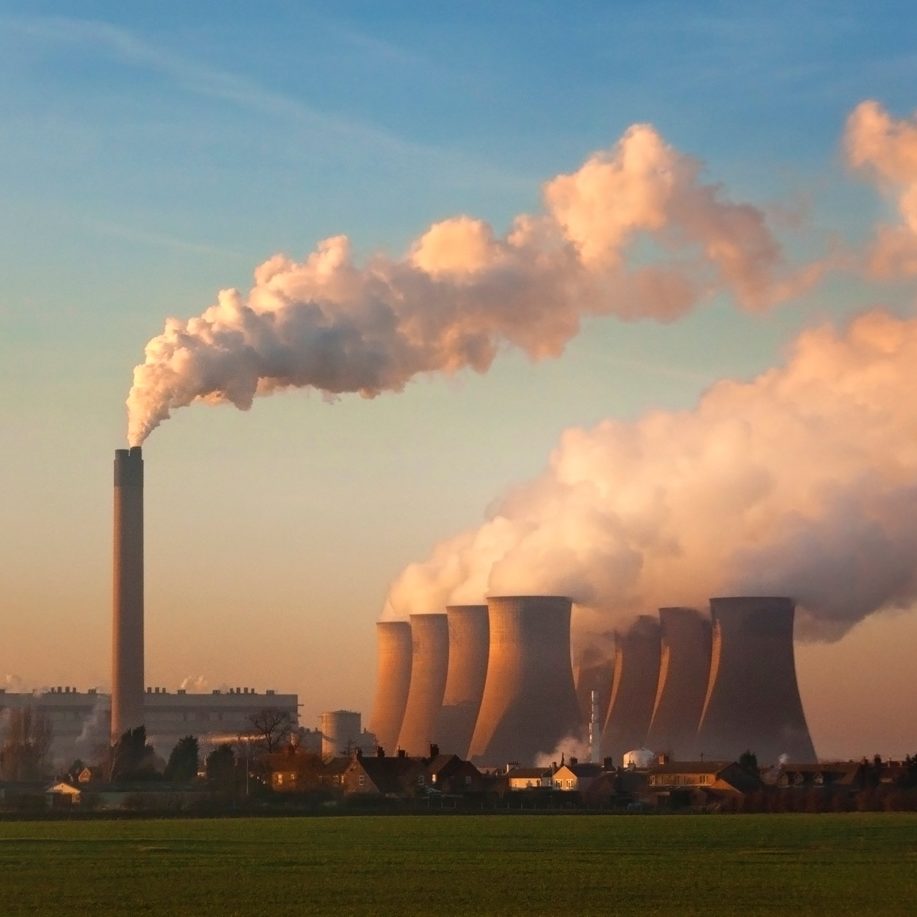Carbon offsets are great in theory, but they ignore the bigger picture when it comes to climate change — lowering carbon emissions now.
Carbon offsets help mitigate climate change by reducing or removing from the atmosphere the greenhouse gases that cause the planet to warm. Critics of the practice believe it ignores the larger picture. In order to make meaningful strides against the current climate crisis, individuals and industry need to drastically reduce their overall carbon emissions — fast.
Since the mid-20th century, human activity caused by burning fossil fuels has resulted in an increase in greenhouse emissions. And, as we all know, that’s not a good thing. Greenhouse gasses trap heat in the atmosphere, resulting in rising temperatures of our planet. Major greenhouse gas contributors like methane, nitrous oxide, water vapor, and fluorinated synthetic gases are all terrible for the environment, but if we are going to stand a chance in reversing climate change, there’s one main culprit we have to get a handle on — carbon dioxide.
Read more: Why Avocado Green Went Carbon Negative

Carbon dioxide is unique in that it reflects less heat compared to other gases while lasting longer in the atmosphere. In 2018, carbon dioxide accounted for nearly 81 percent of greenhouse gas emissions, and, as of the end of January 2021, the concentration of carbon dioxide in the atmosphere was 416.53ppm (parts per million). Carbon dioxide levels have never been this high, and the stakes for what that means couldn’t be more critical.
Although carbon offset projects such as planting trees are great long-term initiatives, they don’t address our reliance on the fossil fuels that are primarily responsible for the crisis. Trees take decades to reach a maturity where they pull a meaningful amount of carbon out the atmosphere, and we don’t have that much time to address climate change.
Read more: Why the MADE SAFE Logo Matters
Getting to net-zero emissions — the balance between the amount of greenhouse gases produced and the amount removed from the atmosphere — will require a fundamental overhaul of our energy system. And while international undertakings like the Paris Agreement — adopted by 196 countries in an effort to work toward a healthier planet by shifting their priorities to net-zero emissions — are promising, some scientists believe that net-zero goals are not enough to combat the current climate crisis we face, anyway. While the United States did not opt in during the Trump presidency, states — and companies like Avocado — took action to develop their own net-zero emission targets.
In the past, the most common type of carbon offset project was planting trees. However, in recent years, companies have pivoted toward supporting clean energy and technology in an effort to
Read more: How the Responsible Wool Standard Is Better For Sheep, Farmers, and Shoppers

That’s why brands who are part of Climate Neutral (like Avocado), have to first reduce their emissions. Another issue: the lack of traceability and transparency when it comes to carbon offset programs. In order to avoid getting duped, here are some certifications you should know about.
- Verified Carbon Standard: Founded in 2005, the organization focuses on developing projects in different countries while measuring impact and ensuring jurisdictional sovereignty for the people living in those communities.
- Gold Standard: An organization that spends every dollar donated to support local communities and ecosystems. It also follows the United Nations program of education for local communities to ensure that they are creating success. You can support a variety of projects from different regions around the world.
- Green-e Climate Certified: A certification program that is endorsed by the American Carbon Registry, the Climate Reserve, Gold Standard, and Verified Carbon Standard. They work with supply chain corporate markets to make sure they are on track to meet their carbon offset goals.
- Bonneville Environmental Foundation: The nonprofit empowers businesses to find balance with the environment by channeling carbon offsets to remove carbon from the atmosphere or in preventing greenhouse gases from getting there in the first place, by financing things like forest conservation or clean energy.
If a company says they are offsetting their emissions, be sure they’re doing it through a vetted organization — otherwise it’s just greenwashing. And they shouldn’t stop there. If a company is serious about addressing climate change, they should also be reducing their carbon footprint and advocating for the legislative change necessary to bring about real solutions to the climate crisis.

Shop Pillows
The Essential Organic Pillow Collection
Gentle, breathable, non-toxic support.




